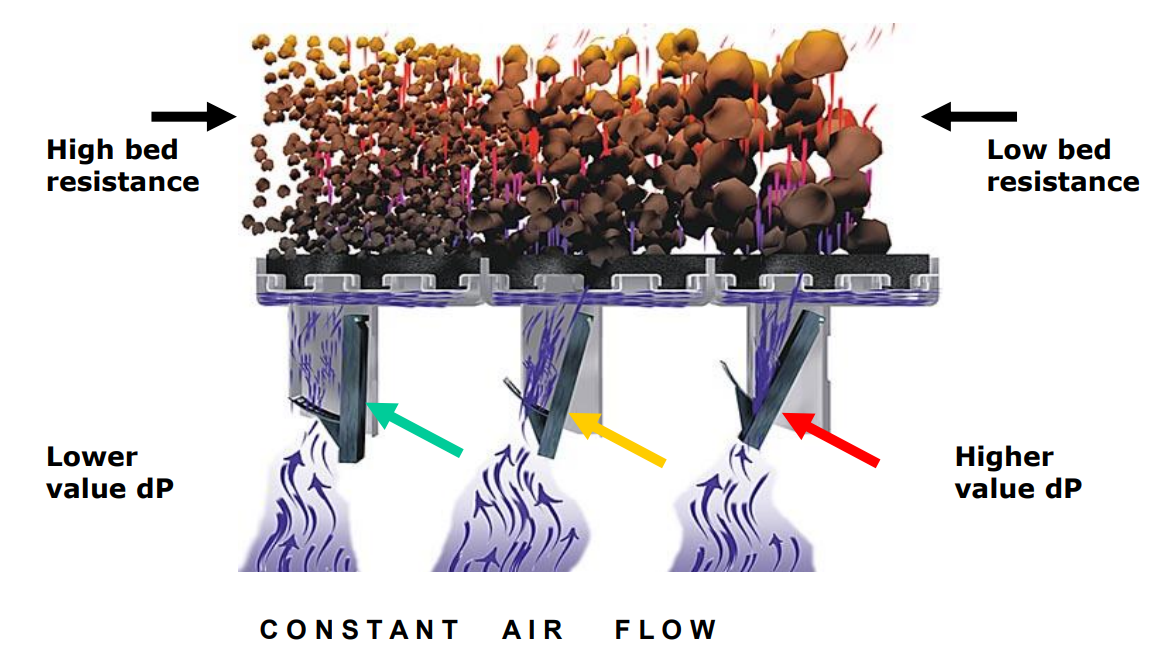Contents
Impact of Alternative Fuels on Kiln Performance and Clinker Quality

TO Download this post and all the books and excel sheets and my personal notes and presentations I collected about cement industry in the last 30 years click the below paypal link
The integration of alternative fuels such as biomass, Refuse-Derived Fuel (RDF), and industrial waste in cement kilns has significantly transformed cement production. The shift toward alternative fuels is driven by the need to reduce carbon emissions and improve cost efficiency.
Fuel Substitution and Energy Cost Reduction
Based on industry trends and personal observations, cement plants using alternative fuels can substitute up to 40% of traditional fossil fuels. This shift can lead to a reduction in energy costs by approximately 10-15%. However, there are challenges related to the variability of calorific values, especially with biomass and RDF, which often have lower energy content than coal.
To counter this, fuel pre-processing is crucial. Maintaining a consistent calorific value, ideally between 15-18 MJ/kg, is important for ensuring steady heat input into the kiln, which directly affects kiln performance.
Controlling the Kiln’s Burning Zone Temperature
Maintaining the burning zone temperature is one of the most critical factors in alternative fuel usage. A stable temperature between 1400-1450°C ensures the complete combustion of alternative fuels. If the temperature deviates by just 50°C, clinker formation is impacted, leading to problems with burnability and increased free lime content. Ideally, free lime should remain below 1.5% to avoid issues in cement quality.
For example, in plants where RDF and biomass were introduced, increasing secondary air preheating and adjusting the flame length helped stabilize the burning zone temperature. This resulted in an 8% improvement in thermal efficiency.
Raw Mix and Clinker Quality Adjustments
When using alternative fuels, particularly RDF, sulfur and alkali levels must be closely monitored. Alternative fuels often contain higher sulfur levels, and maintaining a sulfur ratio below 1.5 is crucial to prevent operational issues such as kiln blockages. Additionally, alternative fuels can influence the mineral phases in the clinker, especially C3S (tricalcium silicate) and C2S (dicalcium silicate).
In one instance, a plant using 30% RDF substitution had to fine-tune the raw mix to achieve a C3S content of 62% and free lime levels below 1.3%. This adjustment ensured that the clinker met the required reactivity and strength standards.
Monitoring and Optimizing Process Parameters
Regular monitoring of key kiln parameters, such as specific heat consumption (which should target 700-720 kcal/kg of clinker) and oxygen levels (optimized at 1.5-2% at the kiln exit), is essential for optimizing the combustion process. Implementing advanced control systems with real-time data analysis can help keep these parameters within desired ranges, preventing disruptions in kiln performance and clinker quality.
Cement Strength and Cooling
Studies show that with the right process controls, it is possible to consistently achieve 28-day cement strengths of 50-55 MPa, even with 25-35% alternative fuel substitution. However, maintaining proper clinker cooling rates, ideally at least 40°C per minute, is necessary to prevent crystallization issues that could negatively impact cement strength development.
In summary, alternative fuels offer great potential for reducing costs and emissions in cement production. However, careful attention must be paid to fuel preparation, process control, and kiln optimization to maintain clinker quality and overall performance.
TO Download this post and all the books and excel sheets and my personal notes and presentations I collected about cement industry in the last 30 years click the below paypal link
